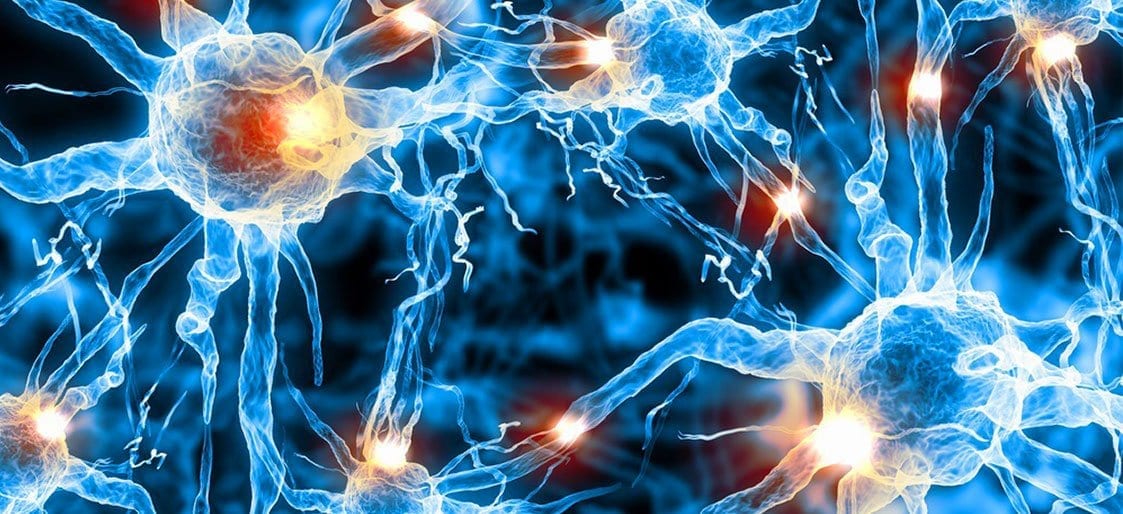The method has been shown to work with all types of hair follicles
Researchers lead by Professor Takashi Tsuji from the Tokyo University of Science have successfully induced the natural hair growth and loss cycle in previously hairless mice. They have achieved this feat through the implantation of bioengineered hair follicles recreated from adult-tissue derived stem cells. While these results offer new hope for curing baldness, the work has broader implications, demonstrating the potential of using adult somatic stem cells for the bioengineering of organs for regenerative therapies.
The method devised by Professor Tsuji’s team involves reconstructing hair follicle germs from adult epithelial stem cells and cultured dermal papilla cells (dermal papilla are nipple-like projections at the base of hairs) and implanting these germs within or between skin layers. To recreate the desired hair densities – normally about 120 hair shafts per square centimeter (0.15 square inch) or 60-100 hair shafts per square centimeter following a conventional hair transplantation method – 28 bioengineered follicle germs were transplanted onto a circular patch of cervical skin measuring 1 cm (0.39 in) in diameter. The resulting hair density of 124 hair shafts per square centimeter (plus or minus 17 shafts) turned out to be satisfactory, but there was more good news.
Far more importantly, the implanted follicle germs developed all the proper structures and formed correct connections with the surrounding host tissues, including epidermis, arrector pili muscle and nerve fibers. Also, the stem and progenitor cells along with their niches were recreated in the bioengineered follicles, making a continuous hair-growth cycle possible.









